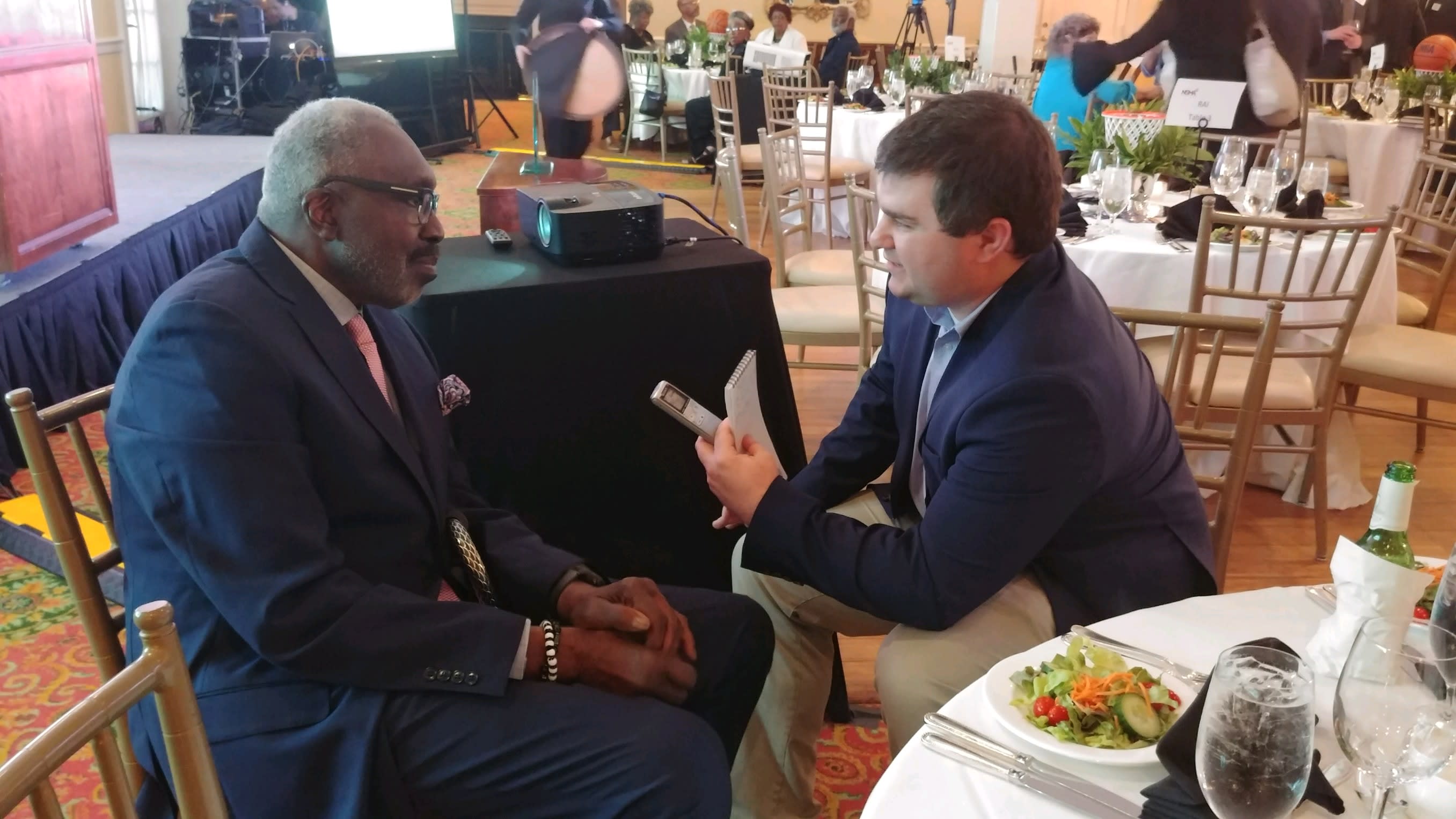Duke’s depth has been important over three-game winning streak, with backups stepping into lead roles
DURHAM – Every college football program in the country talks about a next-man-up approach to injuries, given how frequently they occur over the course of a 12-game season.
At some places, it’s just talk.
At Duke recently, the Blue Devils have proven it’s not just some recycled cliché.
“There’s no program in the country that doesn’t talk about ‘next man up,’” coach Mike Elko said after Saturday’s 24-7 win over Virginia Tech. “But that doesn’t mean that the next guy is really, truly getting ready.
“It’s really just a credit to our kids in our locker room and how much they care about each other. That’s what I just told them (in the locker room).”
Duke has won three straight ACC games after losing back-to-back three-point games, and is surging in the second half of its season. North Carolina’s win on Saturday night at Wake Forest clinched the Atlantic Division, but the Blue Devils are fighting for what could be a nine-win season.
Duke has won at least nine games in a season twice since World War II — in 2013 when the Blue Devils won 10, and then in 2014 when they won nine.
“If our depth wasn’t as far along as we wanted it to be, we were still going to play a game today and we were still going to have to find a way to win it,” Elko said on Saturday.
Duke was missing two interior offensive linemen against Virginia Tech — Maurice McIntyre and Jacob Monk — and is still waiting on the healthy return of tackle John Gellotte, who hasn’t played since Oct. 1.
(On a positive note Monday, Elko said that Monk’s procedure last week went better than anticipated and that he’s not ruled out for the season. The fourth-year lineman is on a game-to-game, week-to-week basis, with Elko saying “I don’t know what exactly that will mean, but it does mean that there’s a chance we’ll see him again this year.”)
The Blue Devils still churned out 165 rushing yards against Virginia Tech, grinding away two touchdown drives of about five minutes in the second half and then chewing up seven minutes in the fourth quarter to effectively close out the win.
Justin Pickett started for the first time, the second-year offensive lineman playing a career-high 57 snaps at right guard and grading out at 75.8, the fifth-best grade on the Blue Devils’ offense, per Pro Football Focus. Center Jack Burns’ role increased after McIntyre’s injury and he’s started the last four games at center, receiving praise from Elko for playing through several nagging injuries.
Wide receiver Eli Pancol suffered a season-ending injury against Miami, and when he went down he was Duke’s second-leading receiver in yards and third in receptions.
A couple of receivers have filled the void on the outside.
Against Boston College, second-year receiver Sahmir Hagans stepped up with a career-high five catches for 41 yards and a touchdown.
It was Jontavis Robertson’s turn against Virginia Tech; the third-year receiver matched a career high in receptions (five) and nearly doubled his career high in yardage (81, previous was 41). His touchdown in the opening minutes of the fourth quarter helped put away the game.
“That just goes back to the character of this football team,” quarterback Riley Leonard said on Saturday. “You’ve got a guy like Jontay, who hadn’t had the year he wanted, and comes out there, has a great week of practice. Changes everything in his game, goes out there and makes incredible catches. He was locked in all game, super proud of him.”
Keeping things on the offensive side of the ball, the depth of Duke’s backfield has continued to shine.
The Blue Devils had been without Jaylen Coleman since Oct. 1, and he was their leading rusher through the first five games. That rushing attack kept clicking with Jordan Waters, Jaquez Moore and Terry Moore carrying the load for the past month — and then Jaquez Moore got knocked out of Saturday’s game, and Terry Moore didn’t play.
Back in stepped Coleman, who took a few carries to get his form back but wound up with 50 yards on 13 carries, with 38 of those yards coming in the second half.
“One of the hard things at running back when you miss games is it’s hard to simulate the contact,” Elko said. “It’s hard to jump back in and be fully at game speed. But I thought he played well, he obviously got better as the game went on.”
Which also applies to this Duke team, which has gotten better as the season has gone on.
